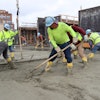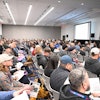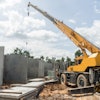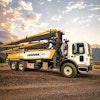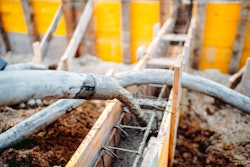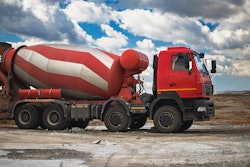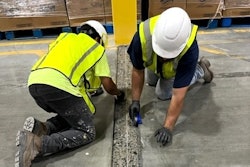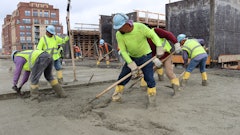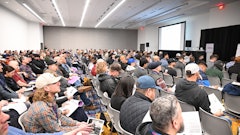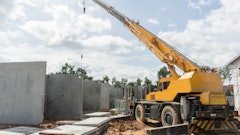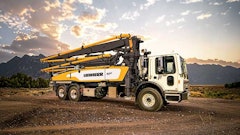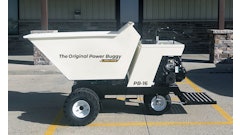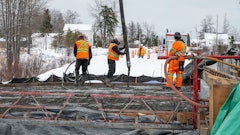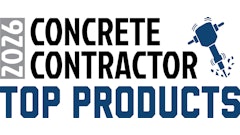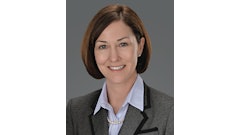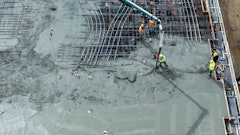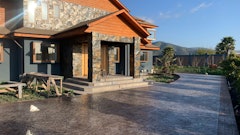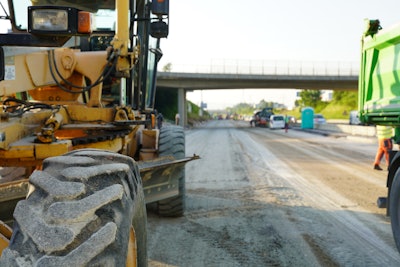
Don Weaver, president of Weaver-Bailey Contractors and the 2025 Board of Directors Chairman of the American Concrete Pavement Association (ACPA) and Edward Wessel, president/COO of Hi-Way Paving Inc. and second vice chair of the ACPA, shares their insight into the state of the concrete industry and the challenges contractors are managing daily. Concrete Contractor connected with Weaver and Wessel over email in June 2025.
Q. What have been the biggest challenges for concrete contractors so far in 2025?
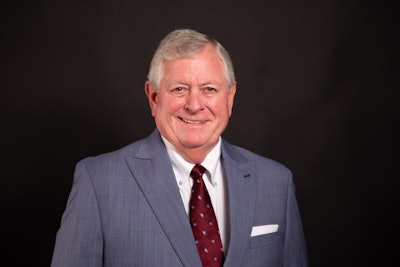 Don WeaverAmerican Concrete Pavement Association
Don WeaverAmerican Concrete Pavement Association
Wessel: I agree. Finding skilled labor is always a challenge. We have had a real tough time finding mechanics and saw guys. It is not a glamorous job but can be very rewarding and lead to a strong paycheck with a long-term career.
Q. What has been happening to address these challenges?
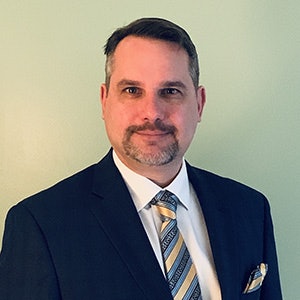 Edward WesselAmerican Concrete Pavement Association
Edward WesselAmerican Concrete Pavement Association
Wessel: We have really focused on retaining our folks and making Hi-Way a place they want to work and stay. PTO, mid-year bonus, training. We have a whole recruiting staff now at Hi-Way to keep up with the demands of our project needs.
Q. What segments of concrete construction have seen growth in 2025?
Weaver: Weaver-Bailey Contractors is a concrete pavement contractor and performs on highways, interstates, and airports. We are currently well funded. Outside of the publicly funded, I am unsure of the segments that have narrowed.
Wessel: Hi-Way Paving works in several states and that is how we have handled not enough work. Geographically, we have widened our footprint.
Q. How do you think this will track going into 2026?
Weaver: Our industry is reliant on highway/airport federal funding. Maintaining (or potentially growing) that funding looks promising for 2026.
Wessel: We rely on federal funding to keep projects moving and to build and rebuild America's infrastructure. This funding is so important to economic growth, good-paying jobs, and careers.
Q. How have you been impacted by tariffs?
Wessel: We have not felt any real effect from the tariffs beyond a few percentage points on quotes for survey equipment that is made overseas. We did move some major purchases into 2025 that we were going to make next year to avoid possible cost increase due to tariffs.
Q. What do you expect the economy to do for the remainder of 2025 and 2026?
Weaver: For public sector work, the forecast is good.
Wessel: I feel we have been in a slow decline across the board and will likely hit a low point in 2026 with a slow recovery in 2027 and 2028. Especially with some uncertainty around tariffs, war, and the infrastructure bill.
Q. What technological areas do you see potential for innovation?
Weaver: GPS control of machines and surveying leads to ease of operation and increased productivity.
Wessel: AI in construction is coming, and what to do about it is new territory. The industry could leverage this technology to improve in-house processes, writing safety plans, and other requirements for projects we have.
Q. What innovations would you like to see developed in concrete equipment and tools?
Weaver: GPS leads to stringless work and overall improvements in quality.
Wessel: I would love to see more automation on repetitive tasks. For example, drilling dowel bars into hardened concrete.
Q. What do you expect the biggest challenge(s) will be in 2026 for the concrete industry?
Weaver: The biggest challenge in 2026 will continue to be the shortage of qualified labor.
Q. What are the latest changes for your company?
Weaver: ARDOT (Arkansas Department of Transportation) has moved to paperless correspondence and job plans, which has led to new training needs for all supervisory personnel.
Wessel: We continue to hire project engineers to facilitate the ever-mounting reporting requirements. It requires a full staff to run small projects that previously only the larger projects would need: a superintendent, project manager, two project engineers, QC technicians, full-time survey, and scheduler.
The overhead has grown substantially just to keep up with the project controls that owners require.
Q. What innovations in equipment do you anticipate in concrete equipment for 2025 and the near future?
Wessel: Manufacturers continue to evolve and improve their equipment to keep up with public demand and to improve the quality of work.
Q. What has caught your interest lately in concrete?
Weaver: Iowa State is at the forefront of innovation in concrete materials, and their work amazes and excites us for the future of our industry.
Wessel: We just had ACPA’s mid-year meeting and had a great turnout. Listening to peers who have the same issues that we have and how they work through them is impactful.
Our industry has a lot of good people in it. They care where our tax dollars are spent and deliver long-life and sustainable projects that will last.

